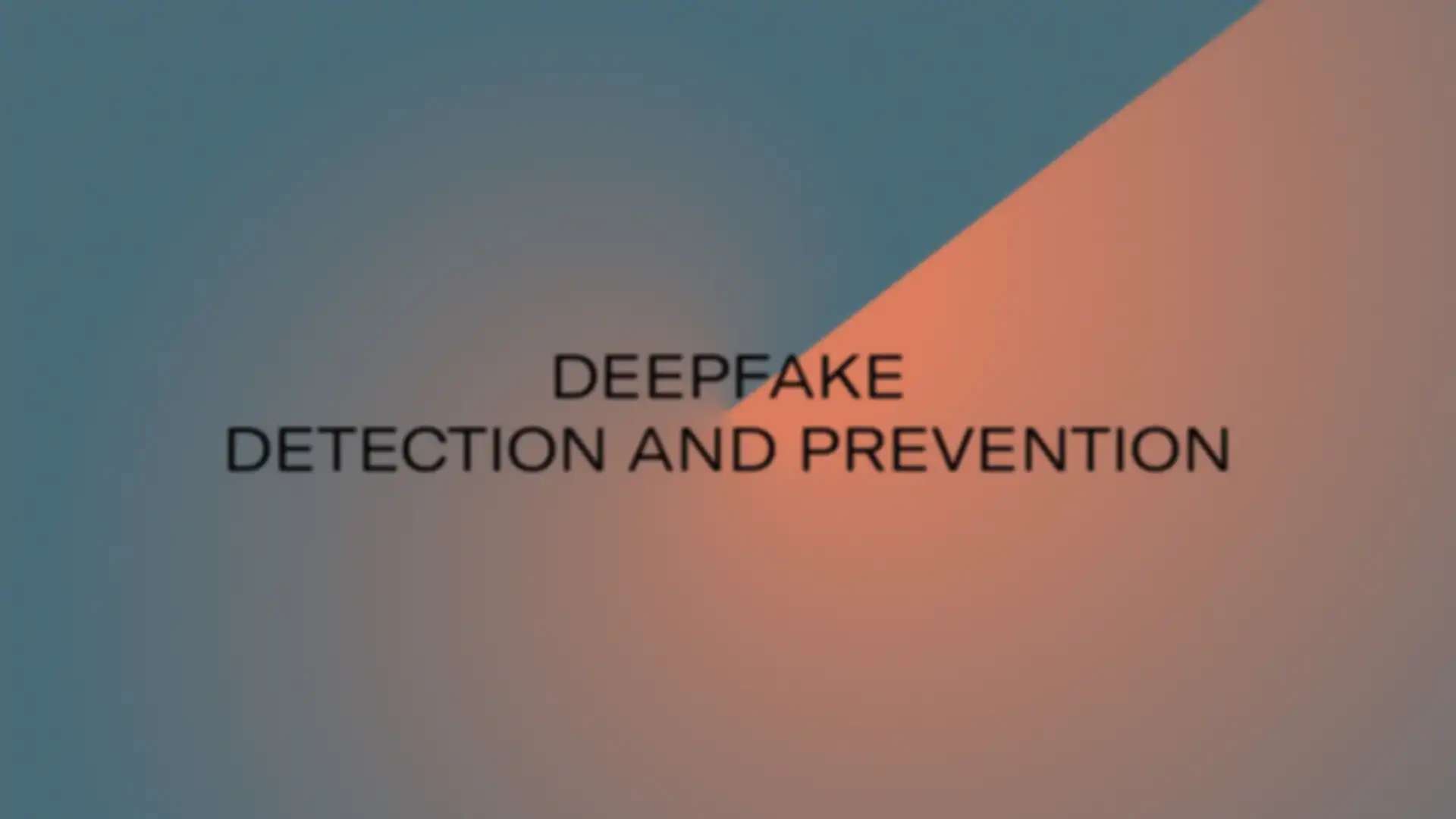21.8.2024
TRANSFORMING PANDEMIC PREPAREDNESS WITH PLATFORM-BASED BROAD-SPECTRUM ANTIVIRALS
The unpredictable emergence and reemergence of epidemic Epidemic and pandemic-potential viruses pose an unpredictable and severe threat to global human health. Future respiratory disease epidemics from influenza or novel coronaviruses are projected to are projected to cause an annual average of 2.5 million global deaths annually (Center for Global Development). The COVID-19 pandemic starkly exposed vulnerabilities in our capacity to swiftly respond to a novel pathogen, as evidenced by the development and regulatory authorization ofwith an at-home antiviral drugs taking nearly two years from the onset of COVID-19 to develop and approve (FDA, EMA). While some believe an event like COVID-19 is a once-in-a-century event, estimates show that pandemicsPandemics of the magnitude of COVID-19 or worse could be more frequent, occurring every 33 to 50 years at least (Center for Global Development). Instead of waiting passively for the next threat to materialize, we need new technologies for drug development that will equip us with readily deployabley-to-deploy response tools.

The risk of future outbreaks underscores the need for antiviral drugs capable of combating a wide range of known and yet-to-be-identified pathogens. Traditional antiviral classes, such as small molecules and monoclonal antibodies, had limited impact on the COVID-19 pandemic. These compounds typically target specific proteins of single viruses and as a result, are often highly susceptible to virus mutations. In contrast, platform-based broad-spectrum antivirals offer the potential for broader efficacy and adaptability. Mirroring mRNA vaccine platform technology, platform-based antivirals could be quickly tailored to new and evolving threats, whereas small molecules would require lengthy and costly adaptations, if these can be achieved at all. Platform-based broad-spectrum antivirals, if developed and distributed effectively, have the potential to quell an outbreak before it becomes an epidemic or pandemic. The availability of treatment from day one of an outbreak would provide immense value at a time when other medical countermeasures, like vaccines, are still in development. These treatments could reduce the need for costly confinement measures such as contact restrictions, business and school closures, and travel bans. For perspective, the OECD estimated that one month of confinement measures at the beginning of COVID-19 cost about $1.7 trillion in business revenue alone.
Market failures limiting broad-spectrum antiviral development
While platform-based broad-spectrum antivirals could revolutionize our approach to pandemic preparedness, commercial pharmaceutical markets underinvest in their development.
Several market failures contribute to this wedge between the optimal social expenditure on broad-spectrum antiviral development and commercial incentives:
- Public health benefits beyond individual treatment (broad-spectrum and transmission-blocking properties) are not reflected in the price of an antiviral. Broad-spectrum capabilities confer an
insurance
value to society against the impact of a future pandemic from an unknown threat. Additionally, transmission-blocking protects people who are not taking the drug directly and can slow the progression of an outbreak. - Upredictable timing of pandemics and expectations about future policy create financial risk for developers. Developing platform-based broad-spectrum antivirals will require significant investments into novel approaches with large technological risks. As pharmaceutical firms earn profits predominantly during market exclusivity and patent protection periods, the risk of demand for a broad-spectrum antiviral materializing after those protections expire makes commercial development financially unattractive Moreover, if a pandemic does strike, demand would spike rapidly, coinciding with intense social and political pressure to keep drug prices affordable for mass distribution.
- Firms do not have commercial incentives to make antivirals available at scale on day one. The socially desirable outcome of having the drug available on day one of an outbreak to prevent a pandemic from occurring would inherently limit commercial sales compared to bringing the treatment to market once millions are already infected during a full-blown pandemic. Hence, antiviral manufacturers would need an incentive to maintain manufacturing capacity and stockpiles for response readiness.
Historically, public funding for pharmaceutical R&D has been paid for through push
funding which pays directly for inputs (e.g., grants to developers to pay for the cost of their materials, labor, and trials). An alternative is pull
funding that links payments to the successful achievement of an outcome (e.g. prizes, advanced market commitments, etc.). Pull funding can be agnostic to specific technologies and firms.
Pull funding is an attractive funding mechanism for broad-spectrum antivirals because of the wide array of potential platform technologies that could yield a successful drug. By tying payment to successful outcomes, pull funding enables funders to focus solely on defining the desired results upfront rather than selecting the technology with which these results should be achieved. Approaches ranging from DNA origami-based virus traps to CRISPR/Cas13 therapeutics have shown preclinical promise and many technological approaches are yet to be explored. With the optimal path forward unclear, pull funding's agnostic nature allows the field to progress organically, rewarding whichever firm or methodology ultimately proves successful without prematurely curtailing the scope of possibilities.
However, a natural challenge arises as to how to define success
in advance of an outbreak. While it is impossible to run a clinical trial against an unknown pandemic potential pathogen, a well-designed target product profile (TPP) can use known viruses to evaluate the attributes of the drug that would indicate its broad-spectrum efficacy, mutation resistance, and adaptability. For example, testing against SARS-CoV-1, SARS-CoV-2, and MERS-CoV in a validated animal model could indicate likely efficacy across the betacoronavirus genus. Antivirals that meet the TPP could obtain regulatory approval to treat currently circulating diseases such as COVID-19 or influenza, while being easily adaptable to other virus families.
Further, pull funding mechanisms should extend beyond development to ensure effective deployment during outbreaks. While achieving success in clinical trials and obtaining regulatory approval are crucial innovation milestones, treatments must be available and accessible during an outbreak to generate social benefits. To achieve this, the pull mechanism can tie payments to stockpiled doses and to maintenance of manufacturing capacity that is ready to produce at scale. By aligning incentives with broader public health objectives, pull mechanisms can ensure critical antivirals are not only developed but also available and affordable when an outbreak occurs, maximizing their potential to mitigate public health crises.
Current antiviral discovery efforts have been buoyed by early-stage funding from governmental pandemic preparedness authorities such as BARDA (Biomedical Advanced Research and Development Authority) or HERA (European Health Emergency Response Authority), as well as SPRIND (German Federal Agency for Breakthrough Innovation). While these initiatives provide crucial support, accelerating progress in this critical area demands a more substantial commitment—one that incentivizes developers to prioritize investment into novel technologies for broad-spectrum antiviral research and development that are guided by considerations of the societal value of these new technologies. Recognizing this need, the MSA is collaborating with SPRIND and Professor Chris Avery (Harvard Kennedy School) to translate this promising idea into an implemented market-shaping mechanism. The team is working on addressing the remaining questions and challenges including:
- Designing a payout mechanism that could reward multiple successful platform-based broad-spectrum antivirals to account for the insurance value from technological diversity (if one platform approach fails to yield an effective therapeutic during an outbreak, another might succeed).
- Ensuring regulatory pathways would allow for rapid emergency use of therapeutics against novel indications.
- Quantifying the potential for a platform to be used against an indication with a current commercial market such as influenza.
Want to get in touch with MSA about our work in this area? Please reach out to clairemcmahon@uchicago.edu and jano.costard@sprind.de. Interested in learning more about SPRIND’s work on this promising technology? Check out SPRIND’s broad-spectrum antiviral challenge.



